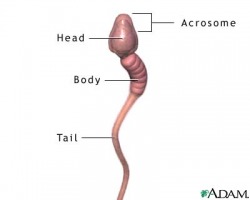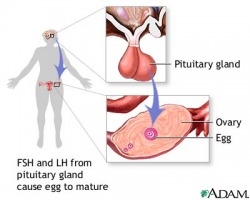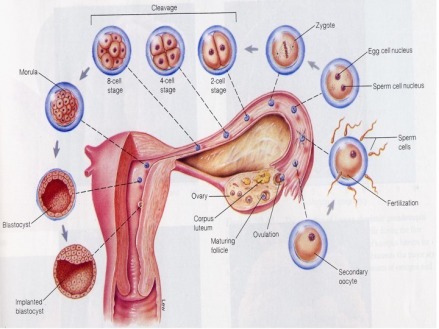The Reproductive System
Functions:
- Prepares for sperm to fertilize an egg cell, thus beginning a pregnancy that, if successfully completed, will lead to life
- Prepares for sperm to fertilize an egg cell, thus beginning a pregnancy that, if successfully completed, will lead to life
Male Reproductive System
Testes
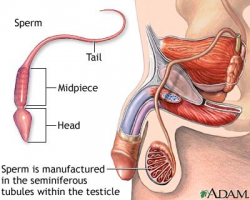
The testes are two oval-shaped glands located in the scrotum. They produce and release sperm and male sex hormones, such as testosterone, which leads to the development of male sex organs and secondary sex characteristics. Within the testes, coiled structures called seminiferous tubules produce over 12 billion sperm per month. Once created, the sperm slowly travel to the epididymis on top of the testes, where the sperm can mature.
Urethra
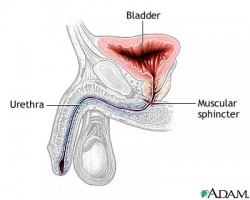
In the urinary system, the urethra is used for removing urine out of the body. In the reproductive system, semen leaves the penis through the urethra.
Vas Deferens
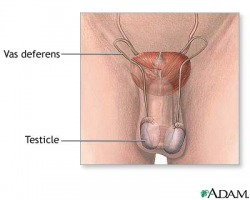
The vas deferens is a long tube, about 18 inches long, that connects to the epididymis. Smooth muscle contractions allow sperm to move up the tube into the widest area of the vas deferens called the ampulla.
Seminal Vesicle
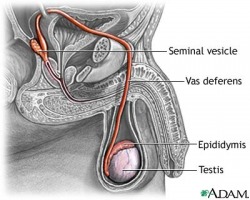
The seminal vesicle secrets fluid that mixes with sperm in order to prepare it to potentially fertilize an egg. The fluid consists of fructose sugar that give the sperm energy, as well as alkalines that help the sperm survive in the naturally acidic environment of the vagina. Once this fluid is added, sperm enters the ejaculatory duct.
Prostate Gland & Cowper's Gland
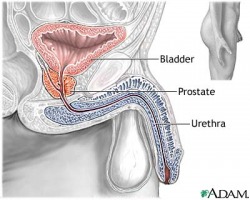
After passing through the ejaculatory duct, the prostate gland adds a white milky substance to the sperm-fluid mixture that, when put together, forms semen. Below the prostate, the Cowper's Gland adds mucus to the seminal fluid, which cleans the urethra and removes any acidity that urine may have left behind.
Penis
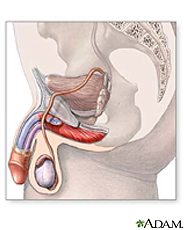
The penis is the main male sex organ. During intercourse, the penis fills with blood to become erect. Then, the penis is inserted into the vagina so that semen from the male reproductive system can reach the vagina and attempt to fertilize an egg.
Female Reproductive System
Ovary
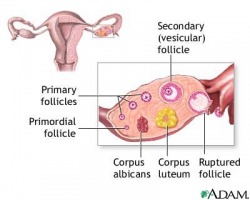
The two ovaries contain egg cells called oocytes. A female is born with 30,000 undeveloped eggs in her ovaries. The menstruation cycle begins by preparing a mature egg cell in the ovary for fertilization. The pituitary gland releases follicle-stimulating hormone and luteinizing hormone to form a follicle (the selected egg cell and its supporting cells) that grows for approximately two weeks until it ruptures and releases the egg cell. This is called ovulation.
Fallopian Tube
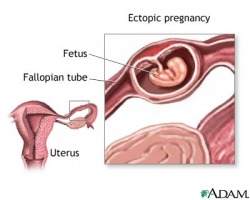
Two winding fallopian tubes connect the ovary to the uterus. Fimbriae in the tubes sweep the egg cells through the pathway. Within the tube, an egg cell will either become fertilized by sperm, or it will not. If the egg cell is not fertilized, it will dissolve within twenty-four hours. The female's body will stop producing reproductive hormones and the uterus will discharge its endometrium (the protective lining) through menstruation.
Uterus
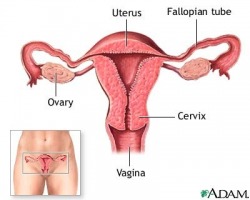
The uterus is a large pear-shaped organ within the female reproductive system that is meant to provide a space for a new life to grow. Follicles within an ovary produces estrogen which prepares the uterus to host the egg cell. Once the follicle bursts, progesterone is released that continues the creation and maintenance of a protective lining rich in blood vessels. If an egg cell becomes fertilized, it will be implanted into the endometrium to receive nutrients.
Vagina
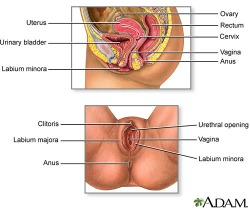
The vagina is the muscular opening of the female reproductive system where an erect penis is inserted. It is connected to the uterus by a narrow exit called the cervix. If an egg cell is unfertilized, the endometrium leaves body through the vagina. Also, the female urethra is located at the front of the vagina so waste products can be removed as well.
Life of a Sperm Cell
Sperm are created within the testes by the seminiferous tubules. After about twenty days, the sperm travel to the epididymis on top of the testes to mature. During intercourse, when the man becomes stimulated, smooth muscle contracts transport the sperm up the vas deferens. Along its path, the seminal vesicle, prostate gland and cowper's gland add sugar, alkalines and other fluids in order to help the sperm survive and swim faster through the vagina. This mixture, called semen, enters the ejaculatory duct so that it can reach the urethra. When ejaculation occurs, the sperm is propelled out of the penis. If the emission happens during intercourse, then the sperm have between 12 and 48 hours to fertilize an egg cell.
Life of an Egg Cell
A female is born with all of her eggs located in the ovaries. Once she hits puberty, these eggs between to develop. With puberty comes the onset of menstruation. During this process, once a month, hormones from the pituitary gland cause an egg cell to develop into a follicle, and the endometrium lining is formed around the uterus. The follicle grows and moves toward the walls of the ovary until it ruptures in what is known as ovulation. This occurs on day fourteen of the cy cle. Estrogen and Progesterone released by the follicle prepares the uterus to receive a fertilized egg. The egg moves through the fallopian tubes in the hopes of being fertilized. If it is not fertilized, the egg dissolves and the endometrium leaves the body through the vagina in the last days of the cycle. If it is fertilized, then the cell will be implanted into the uterine wall to be nourished so that a baby will begin to grow.
Images from: http://medlineplus.gov/
